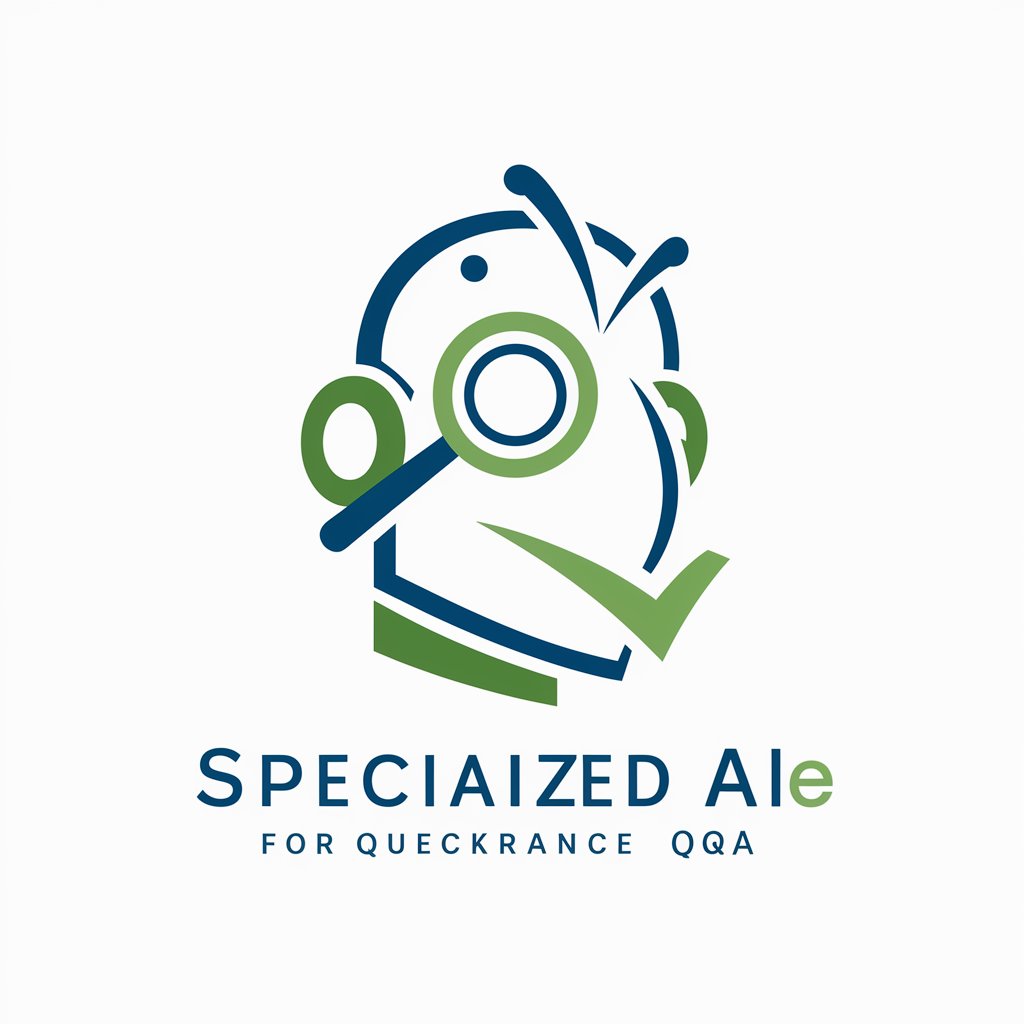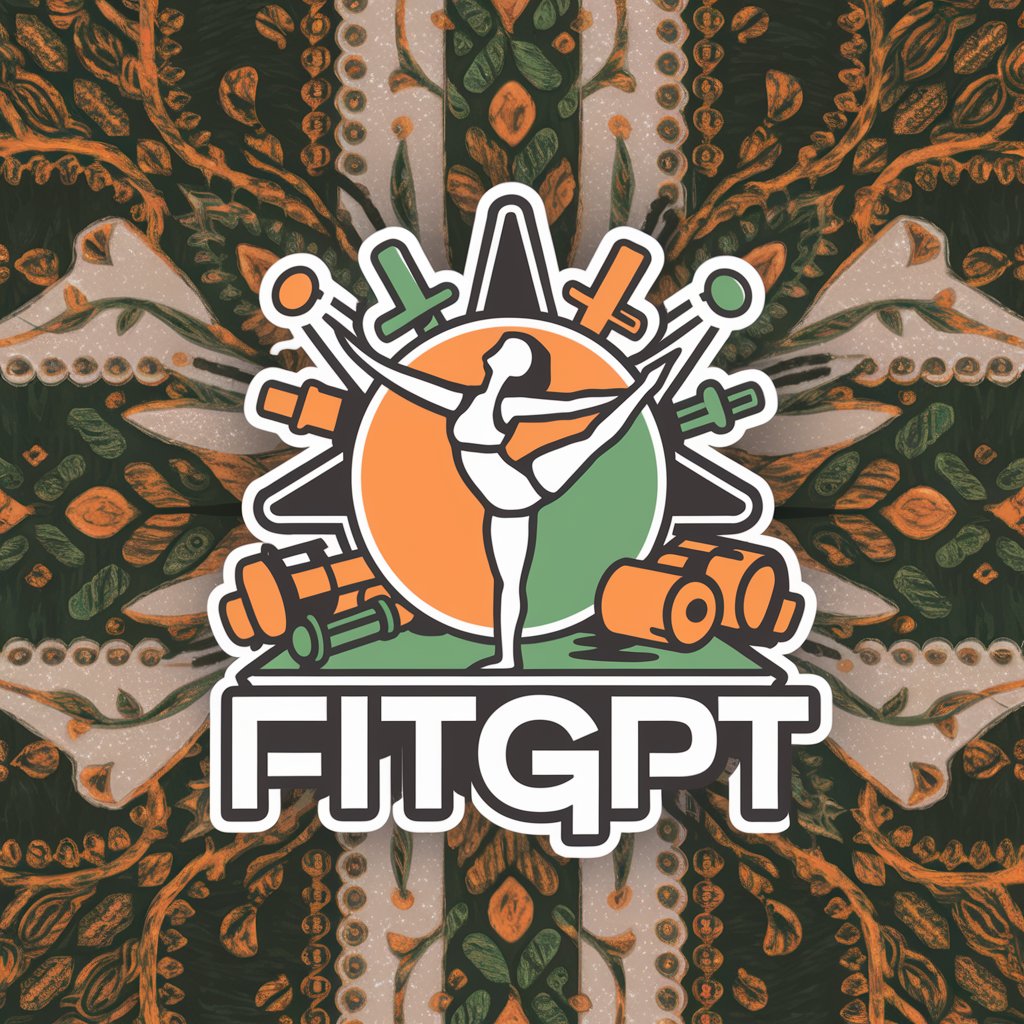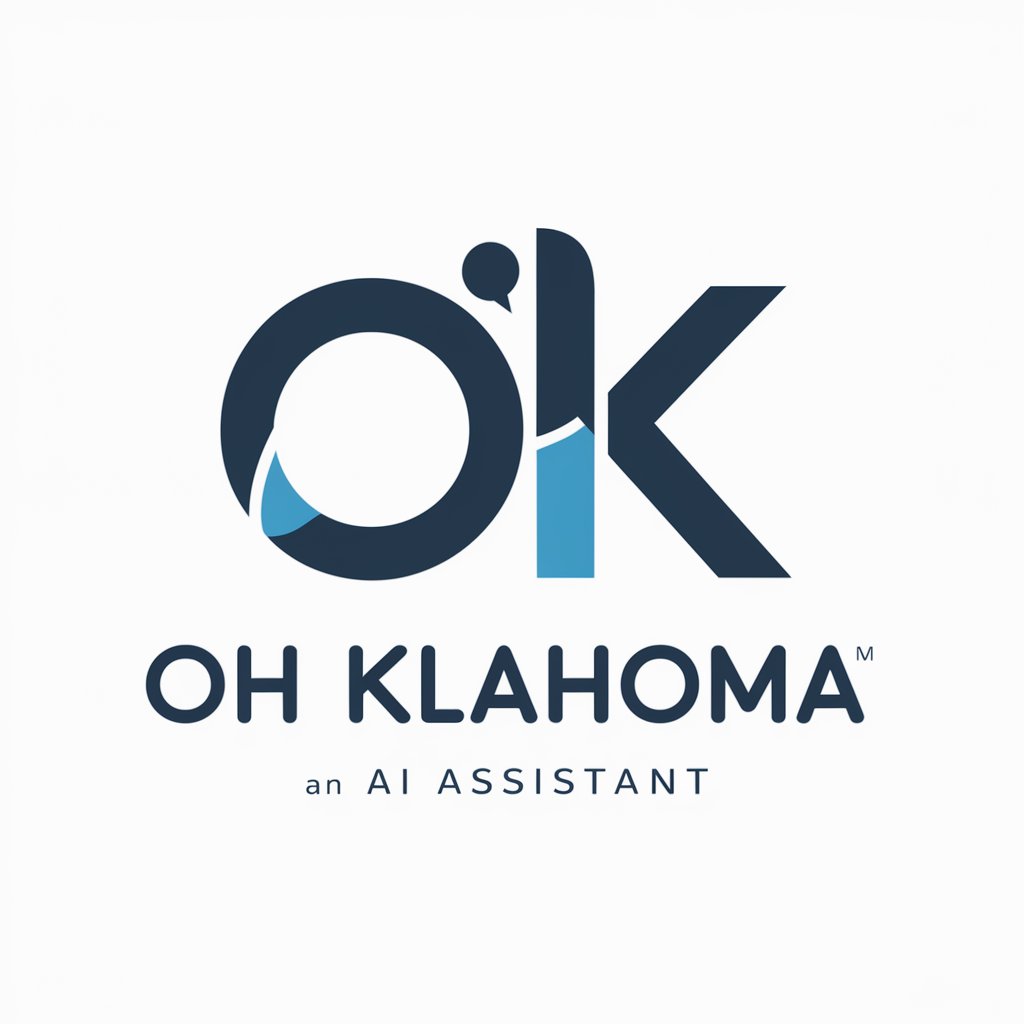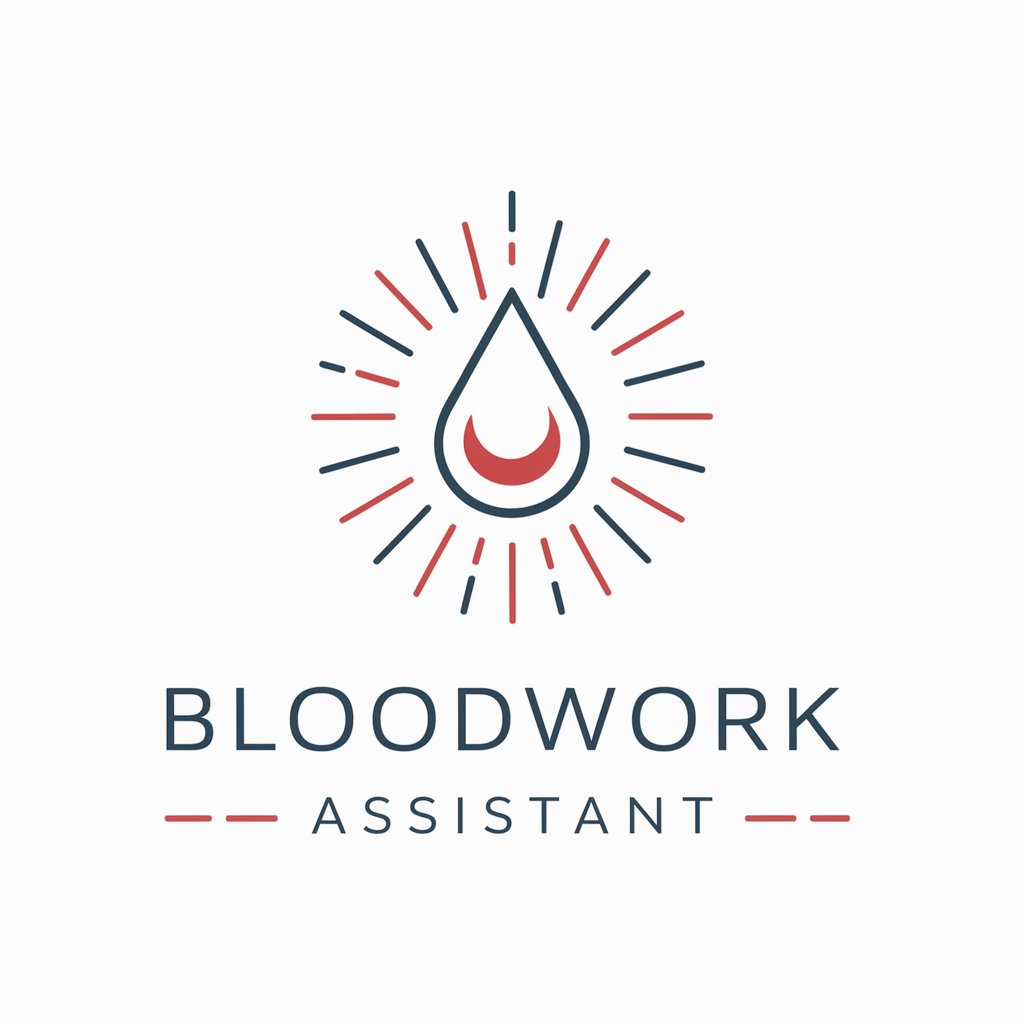QA - Efficient QA Tool

Hello! I'm here to assist with all your Quality Assurance queries.
Elevate Quality with AI-Powered QA
What are the key principles of effective quality assurance in software development?
Can you explain the difference between manual and automated testing?
How does regression testing ensure the stability of software updates?
What are the best practices for writing effective test cases?
Get Embed Code
Introduction to Quality Assurance (QA)
Quality Assurance (QA) refers to the systematic process of verifying whether a product or service meets specified requirements. It is a way to prevent mistakes and defects in manufactured products and avoid problems when delivering solutions or services to customers. QA is integral to the development lifecycle of products, particularly in the fields of manufacturing and software development. For example, in software development, QA involves the entire process of monitoring and improving the development process, ensuring that the software meets quality standards before it is released. This might include reviewing specifications, designing test cases, executing test cases, and performing manual or automated testing to identify bugs. In manufacturing, QA might involve inspecting materials, parts, and final products to ensure they meet safety and quality standards. Scenarios illustrating QA include a software QA team running automated tests to find bugs in a new app before its public release, or a manufacturing QA specialist inspecting product components for defects before assembly. Powered by ChatGPT-4o。

Main Functions of QA
Defect Prevention
Example
Implementing coding standards in software development to reduce the number of bugs.
Scenario
A software development team establishes a set of coding guidelines that all developers must follow. This proactive measure helps in reducing the introduction of errors during the coding phase, leading to a more reliable and maintainable codebase.
Quality Standards Compliance
Example
Following ISO 9001 standards for quality management systems.
Scenario
A manufacturing company adheres to ISO 9001 standards to ensure their quality management processes are up to the mark. This involves systematic monitoring and recording of various processes to ensure they meet the international standards, which helps in improving product quality and customer satisfaction.
Testing and Verification
Example
Conducting automated and manual testing to identify and fix bugs in software.
Scenario
Before releasing a new version of their software, a tech company conducts a series of automated tests to quickly find and isolate bugs. They also perform manual testing to explore features in ways automation cannot, ensuring the software works as intended in a variety of real-world conditions.
Process Improvement
Example
Using feedback from QA processes to refine development or manufacturing processes.
Scenario
After identifying recurring defects in product reviews, a company revises its production process to eliminate the root cause of the defects. This continuous feedback loop from QA to the production team helps in improving the overall quality of the products.
Ideal Users of QA Services
Software Developers and Engineering Teams
These professionals rely on QA to ensure their applications, systems, or products meet the required standards before release. QA helps in identifying bugs, performance issues, and usability problems that could impact user satisfaction.
Manufacturers
Companies involved in manufacturing products ranging from electronics to consumer goods use QA to ensure that their products are safe, reliable, and meet or exceed customer and regulatory standards. This helps in maintaining brand reputation and customer trust.
Service Providers
Organizations providing services, such as telecommunications, healthcare, and finance, benefit from QA by ensuring that their service delivery processes are efficient, meet customer expectations, and comply with regulatory requirements.
Quality Managers and Analysts
These individuals specialize in monitoring, analyzing, and improving quality processes. They use QA principles and methodologies to identify areas of improvement in product development or service delivery, aiming to increase efficiency and customer satisfaction.

Guidelines for Using Quality Assurance Tools
Initiate Free Trial
Start by visiting yeschat.ai to access a free trial readily available without the need for login or subscribing to ChatGPT Plus, offering an immediate entry point to explore its capabilities.
Define QA Goals
Clarify your quality assurance objectives, whether for software development, academic research, or content creation, to tailor the tool's use to your specific needs.
Familiarize with Features
Explore the tool's features, including automated testing, bug tracking, and performance analysis, to understand how each can aid in achieving your QA goals.
Engage in Active Testing
Utilize the tool to conduct both manual and automated tests, leveraging its analytics to identify and address potential issues or areas for improvement.
Review and Iterate
Regularly review test results and user feedback, using these insights to iterate and refine your product or service, ensuring quality standards are met or exceeded.
Try other advanced and practical GPTs
Job Loss
Navigating employee termination with AI-powered insights

Geography Tutor
Empowering Geographic Learning with AI

ICU Guide UK
Empowering ICU Care with AI

FitGPT
AI-powered Indian Fitness Guide

Candy Eyes meaning?
Empowering insights with AI-driven depth

Oh Klahoma meaning?
Empower your inquiries with AI-driven depth and detail.

Data Maturity Auditor
Empower Your Data with AI Insights

Family Bible meaning?
Uncover Your Heritage with AI

Something New meaning?
Empowering Inquiries with AI Depth

Sing A Family Song meaning?
Crafting Family Memories with AI

Bloodwork Assistant
AI-powered Bloodwork Insights at Your Fingertips

Aristotle
Engage with the wisdom of Aristotle, powered by AI

Essential Q&A on Quality Assurance (QA)
What is the primary purpose of QA?
The primary purpose of QA is to ensure that products or services meet specified requirements and satisfy customer expectations through systematic processes, including testing, feedback analysis, and continuous improvement.
How does automated testing benefit QA?
Automated testing streamlines the QA process by executing repetitive tasks quickly and accurately, enhancing testing efficiency, reducing human error, and allowing more time for complex, exploratory testing.
Can QA tools integrate with development environments?
Yes, many QA tools are designed to integrate seamlessly with development environments, enabling real-time feedback, easier tracking of issues, and smoother collaboration between developers and testers.
What role does user feedback play in QA?
User feedback is vital in QA as it provides direct insights into user experience and satisfaction, guiding improvements, identifying unmet needs, and helping prioritize areas for enhancement.
How do you measure the success of a QA process?
Success in QA is measured by the reduction in defects, improvements in product stability and performance, user satisfaction, and the alignment of the final product with its intended design and functionality.
